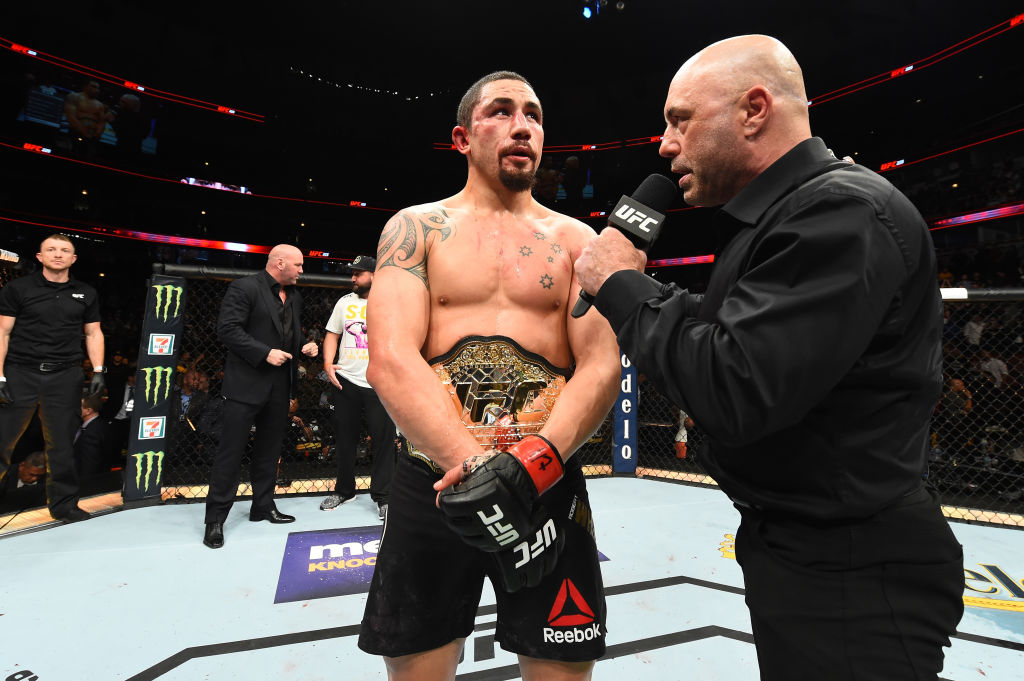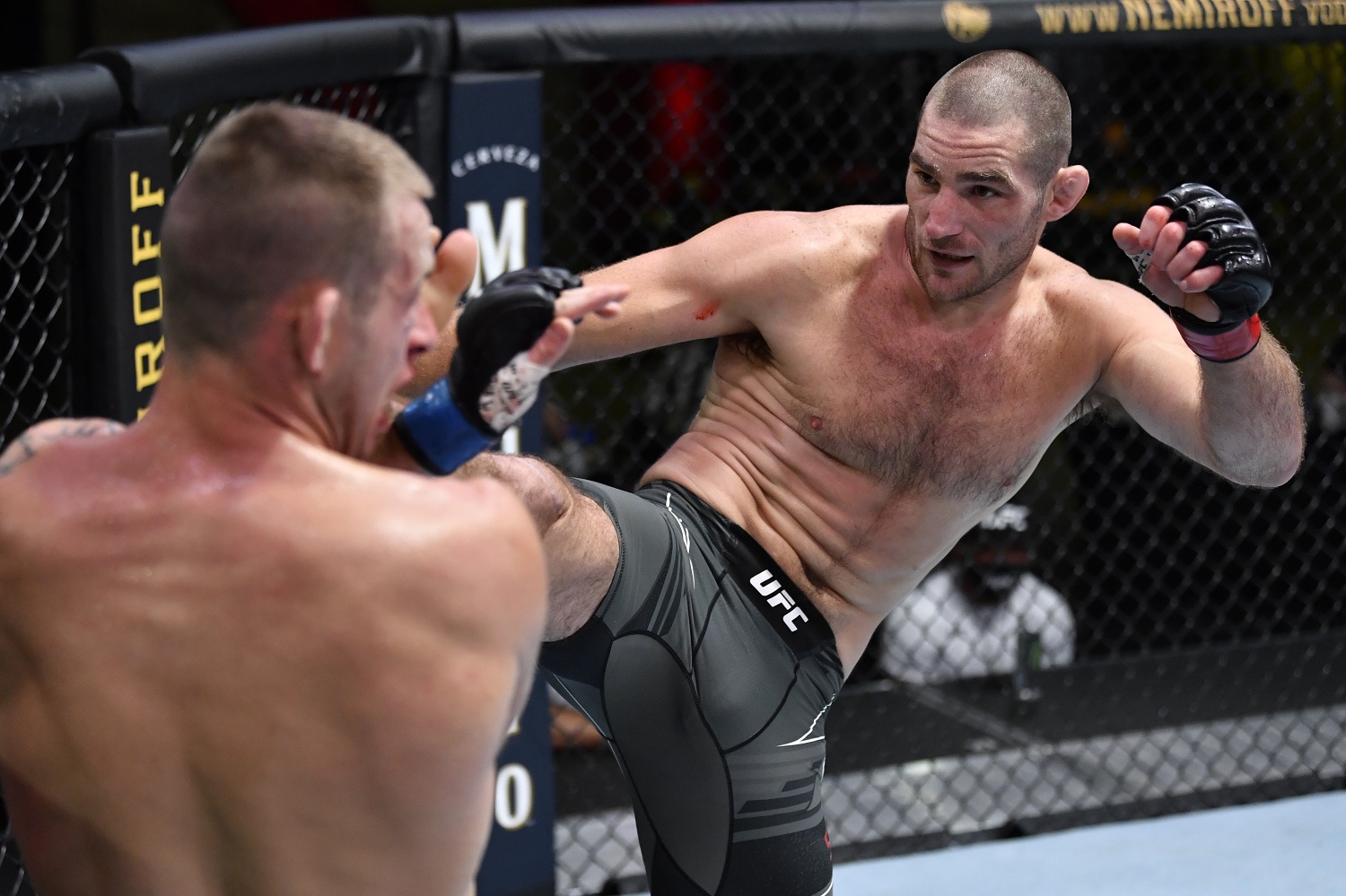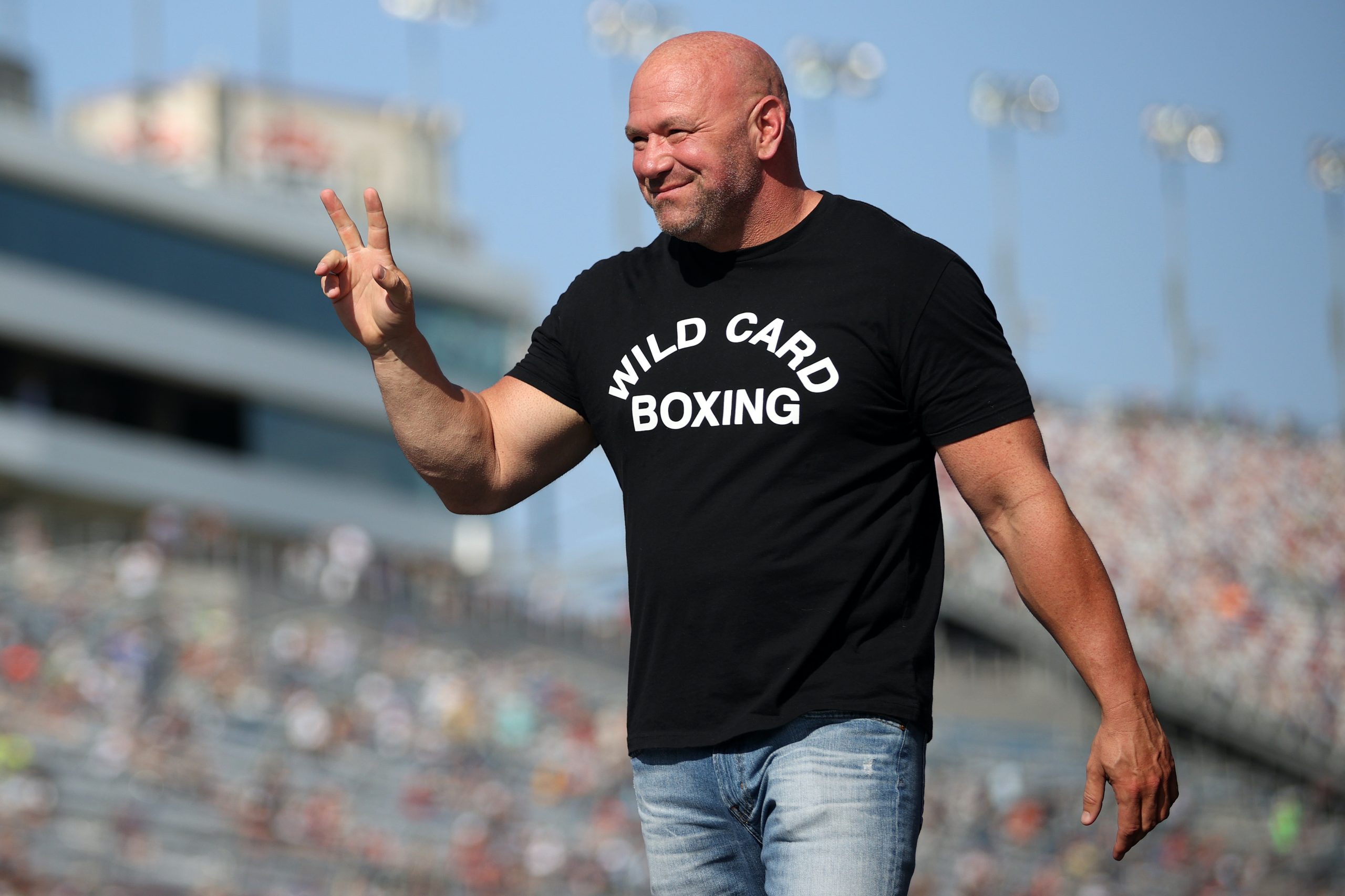
What Is Catchweight in UFC?
Fighters from countries around the world compete in the UFC, and they all compete in the various weight classes. Although there are a dozen sanctioned weight classes in the UFC, there’s technically one more weight class for fighters: catchweight.
The UFC’s weight classes
There are currently 12 official divisions in the UFC. Eight are men’s and four are women’s divisions. MMA rules as recognized around the world will have a few more weight classes than the UFC, but the UFC doesn’t have those divisions. The UFC’s weight classes are:
- Women’s strawweight: The current champion of the 115-pound division is Zhang Weili.
- Women’s flyweight: One of the newest divisions in the UFC, at 125 pounds, the current champion is Valentina Shevchenko.
- Women’s bantamweight: The oldest women’s division in the UFC, at 135 pounds, the current champion is Amanda Nunes.
- Women’s featherweight: One of the newest divisions, at 145 pounds, the current champion is also Amanda Nunes.
- Men’s flyweight: The current champion of the 125-pound division is Henry Cejudo.
- Men’s bantamweight: The current champion of the 135-pound division is also Henry Cejudo.
- Men’s featherweight: The current champion of the 145-pound division is Max Holloway.
- Men’s lightweight: The current champion of the 155-pound division is Khabib Nurmagomedov.
- Men’s welterweight: The current champion of the 170-pound division is Kamaru Usman.
- Men’s middleweight: The current champion of the 185-pound division is Israel Adesanya.
- Men’s light heavyweight: The current champion of the 205-pound division is Jon Jones.
- Men’s heavyweight: The current champion of the 265-pound division is Stipe Miocic.
The rules of UFC weight classes
The pounds listed for each weight class is the maximum a fighter can weigh when they step on the scale before a fight. Most fighters do not actually weigh that much when they fight, as they’ll cut weight prior to weighing in.
However, for non-title fights, there’s a special rule according to Attack the Back. Fighters are allowed to weigh an extra pound heavier than the weight limit. For title fights, however, fighters must weigh at or below the weight limit for their division. UFC fighters can’t weigh far below the limit though. They must weigh in at heavier than the maximum weight of the division lighter than theirs.
What is a catchweight fight?
If a fighter can’t cut enough weight to get to the limit, then the UFC can offer a catchweight fight. Catchweight is not a division, but rather the weight of the heavier fighter. For example, at UFC 243, Ji Yeon Kim missed weight while her opponent, Nadia Kessem, made weight. Kim weighed 128 pounds, two pounds over the limit. Thus, they agreed to fight at a catchweight of 128 pounds.
Catchweight fights come with many caveats. Fighters will almost always be fined a large portion of the fight’s earnings if they miss weight. The other fighter often receives the fine amount. For example, Kim was fined 30% of her winnings. If a catchweight fight gets a Fight of the Night bonus, then the fighter who didn’t miss weight gets their opponent’s bonus, too.
Furthermore, fighters who miss weight can’t compete for the title, even if they win. At UFC 225, then-champion Robert Whittaker made weight while his opponent, Yoel Romero, missed weight by less than a pound. Romero lost. If he won, the title would’ve stayed with Whittaker. Their catchweight fight earned a Fight of the Night bonus. Whittaker took home the entire bonus on top of a cut of Romero’s paycheck.
That said, there’s nothing stopping a fighter from declining a catchweight fight. In most cases, the two fighters agreed to fight at a certain weight, so when one fails to make that weight, then the fight contract becomes null.


